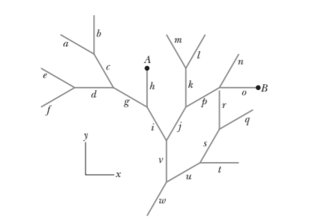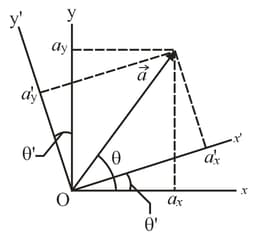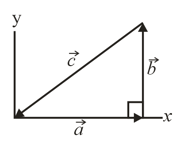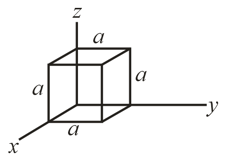Resnick & Halliday Solutions for Chapter: Vectors, Exercise 1: Problems
Resnick & Halliday Physics Solutions for Exercise - Resnick & Halliday Solutions for Chapter: Vectors, Exercise 1: Problems
Attempt the practice questions on Chapter 3: Vectors, Exercise 1: Problems with hints and solutions to strengthen your understanding. Principles Of Physics International Student Version solutions are prepared by Experienced Embibe Experts.
Questions from Resnick & Halliday Solutions for Chapter: Vectors, Exercise 1: Problems with Hints & Solutions
If and . Then what are, in unit-vector notation, (a) and (b) ?
Two beetles run across flat sand, starting at the same point. Beetle runs due east, then north of due east. Beetle also makes two runs, the first is east of due north. What must be (a) the magnitude and (b) the direction of its second run if it is to end up at the new location of beetle ?
Typical backyard ants often create a network of chemical trails for guidance. Extending outward from the nest, a trail branches (bifurcates) repeatedly, with between the branches. If a roaming ant chances upon a trail, it can tell the way to the nest at any branch point. If it is moving away from the nest, it has two choices of path requiring a small turn in its travel direction, either leftward or rightward. If it is moving toward the nest, it has only one such choice. The given figure shows a typical ant trail, with lettered straight sections of length and symmetric bifurcation of . Path is parallel to the axis. What are the (a) magnitude and (b) angle (relative to the positive direction of the superimposed x axis) of an ant's displacement from the nest (find it in the figure) if the ant enters the trail at point A? What are the (c) magnitude and (d) angle if it enters at point B ?

Here are two vectors :
and
What are (a) the magnitude and (b) the angle (relative to ) of ? What are (c) the magnitude and (d) the angle of ? What are (e) the magnitude and (f) the angle of ; (g) the magnitude and (h) the angle of ; and (i) the magnitude and (j) the angle of ? (k) What is the angle between the direction of and ?
In the figure, a vector with a magnitude of is directed at angle counter-clockwise from the -axis. What are the components (a) and (b) of the vector? A second coordinate system is inclined by an angle with respect to the first. What are the components (c) and (d) in this primed coordinate system?

For the vectors in the figure, with and , what are
(a) the magnitude and (b) the direction of and
(c) the magnitude and (d) the direction of and
(e) the magnitude and (f) the direction of ? (The is not shown)

In the figure, a cube of edge length sits with one corner at the origin of an coordinate system. A body diagonal is a line that extends from one corner to another through the center. In unit-vector notation, what is the body diagonal that extends from the corner at:
(a) coordinates ,
(b) coordinates ,
(c) coordinates ,
(d) co-ordinates ,
(e) Determine the angles that the body diagonals make with the adjacent edges.
(f) Determine the length of the body diagonals in terms of .

Two vectors are presented as and . Find (a) , (b) , (c) and (d) the component of along the direction of .
